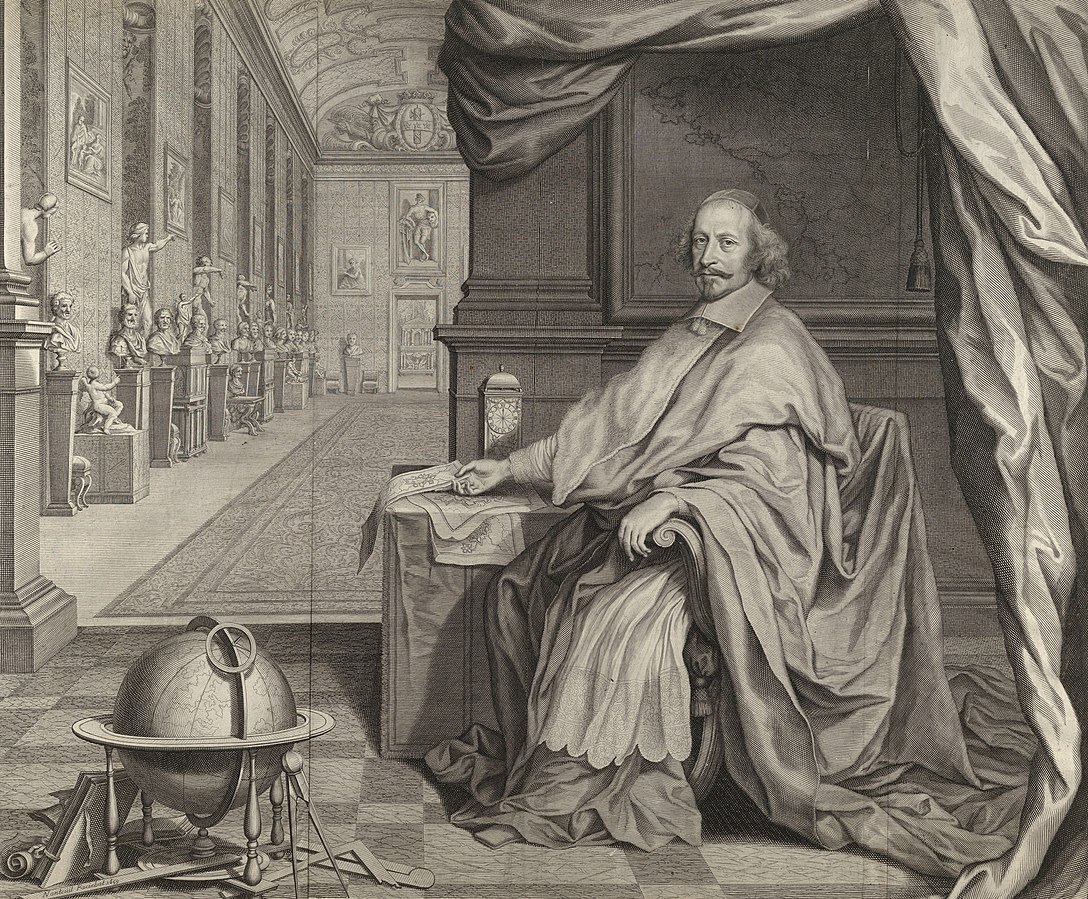By Alina Di Mattia
The 17th century, often described as the Century of Contradictions, was a time of opulence and upheaval, where the Baroque spirit dominated art, politics, and daily life. It was in this vibrant yet tumultuous world that Jules Raymond Mazarin rose to prominence. A man of extraordinary genius, Mazarin’s vision extended beyond the borders of his native Italy, influencing the French monarchy and shaping the course of European history. From humble beginnings in a remote Italian village, he became the trusted advisor and prime minister to King Louis XIV, embodying the grandeur, complexity, and contradictions of the Baroque.
A World of turmoil and splendor
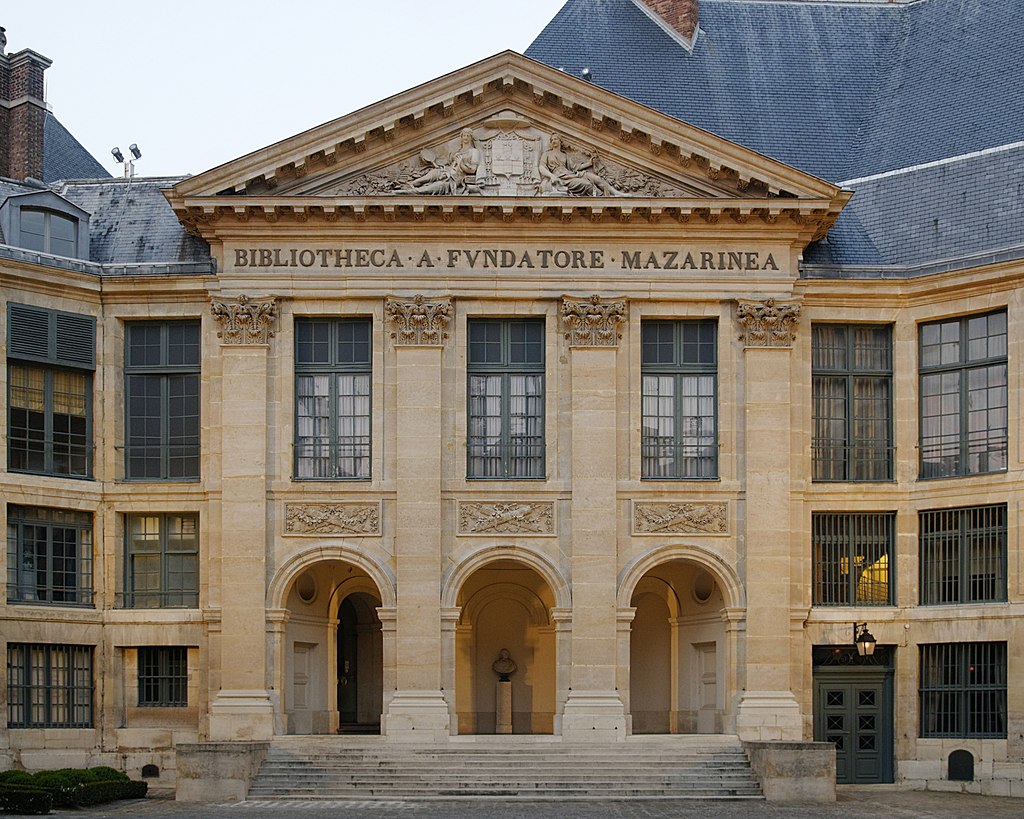
The Baroque era was born in response to the crises of the late Renaissance. Following the religious fragmentation caused by the Protestant Reformation¹, the Catholic Church launched the Counter-Reformation, a movement to reaffirm its authority. This struggle gave rise to a culture of spectacle aimed at inspiring awe and devotion. Cities were transformed, and monumental architecture—like Rome’s St. Peter’s Basilica—became physical embodiments of power and faith.
At the same time, Europe was undergoing profound changes. The scientific revolution, led by figures like Galileo² and Kepler³, challenged traditional beliefs, while philosophers such as Descartes and Hobbes explored new ideas about human nature and governance. Yet, this intellectual blossoming coexisted with social injustices: slavery persisted, witch trials raged, and heretics were burned at the stake. It was a paradoxical age of enlightenment and repression, innovation and superstition.
Mazarin’s rise: from Italy to France
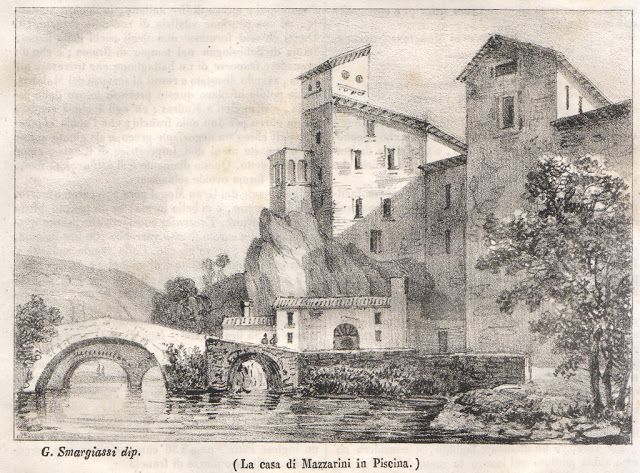
Mazarin’s Italian heritage profoundly shaped his worldview. Born in 1602 in Pescina, in the Abruzzo region, he was educated in Rome, where he was immersed in the grandeur of the papal court. Here, he developed an appreciation for the power of art and ceremony as tools of influence. Rome, under the patronage of Pope Urban VIII, was a hub of Baroque innovation, with artists like Bernini⁴ and Borromini transforming the city into a theatrical display of power and beauty.
Mazarin’s talents as a diplomat and strategist caught the attention of Cardinal Richelieu, France’s powerful prime minister. When Richelieu died in 1642, Mazarin succeeded him as the architect of French policy. At the heart of his agenda was the consolidation of royal power, a goal perfectly aligned with the Baroque ideals of magnificence and control. Mazarin became the trusted mentor of the young Louis XIV, helping to lay the foundations of the Sun King’s absolutist reign.
The patron of a Baroque court
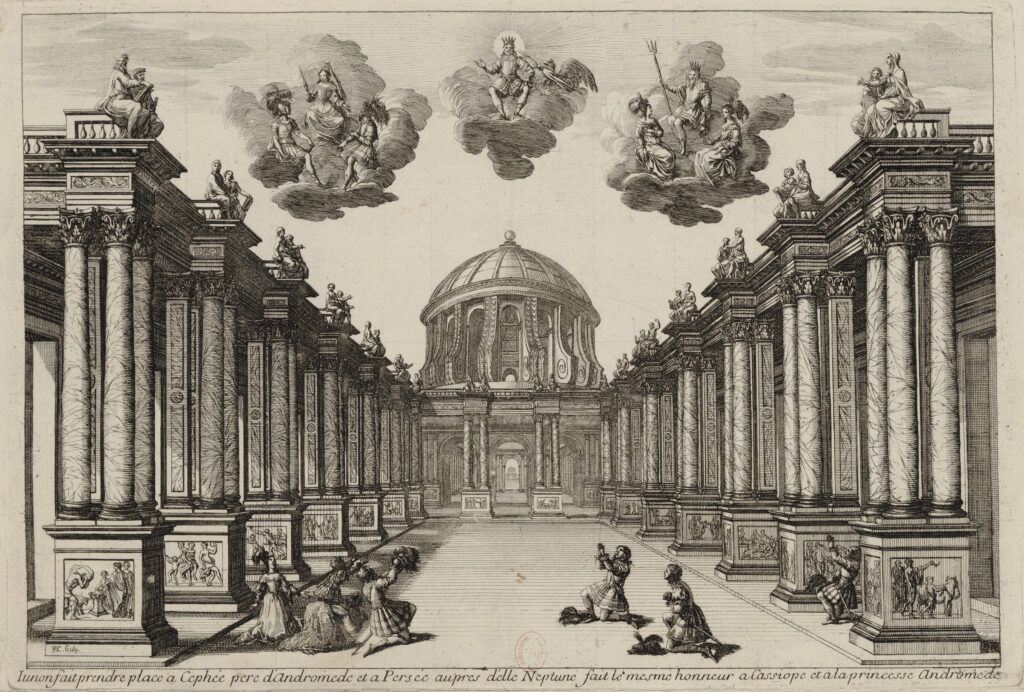
Mazarin understood that culture and politics were inextricably linked. He introduced Italian opera to Paris, commissioning spectacular productions like Luigi Rossi’s L’Orfeo, which dazzled audiences with elaborate stage machinery and emotive music. This fusion of art and technology embodied the Baroque pursuit of maraviglia—awe and wonder.
Mazarin was also a prolific art collector. His collection included masterpieces by Veronese, Titian, and Leonardo da Vinci, as well as contemporary works by Bernini. Recognizing the strategic value of art, Mazarin gifted some of these treasures to strengthen diplomatic ties. His library, painstakingly curated by Gabriel Naudé, grew to include rare manuscripts and books, forming the core of what is now the Bibliothèque Mazarine, one of the oldest public libraries in the world.
Mazarin’s legacy: genius and contradiction
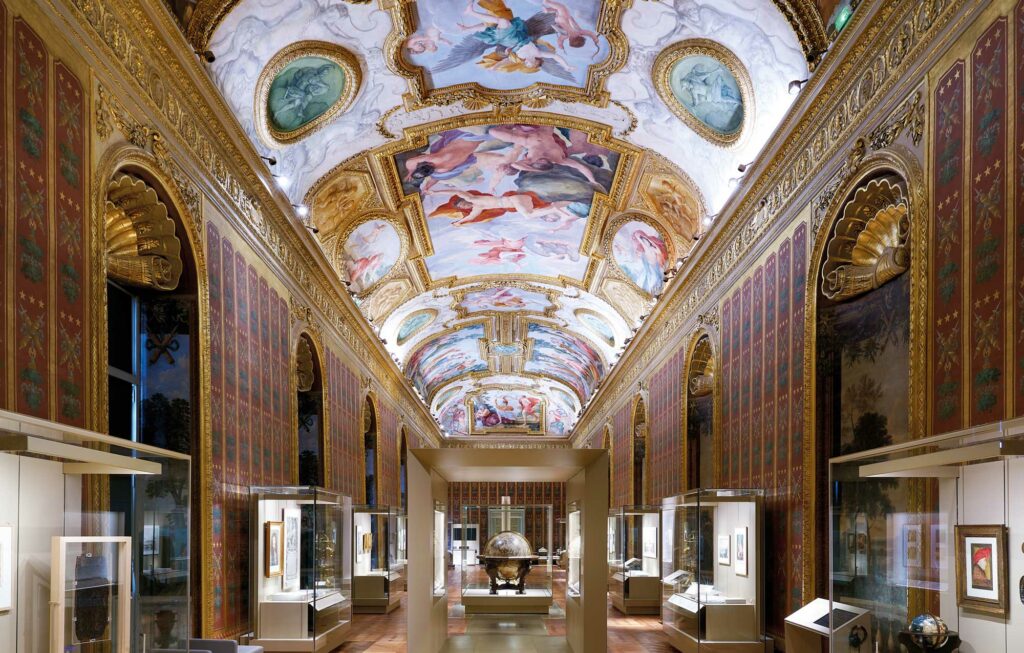
Mazarin’s life reflected the contradictions of his era. He was a deeply loyal servant of the French Crown, yet he never abandoned his Italian identity. His policies consolidated the monarchy’s power but made him a target of public resentment during the Fronde⁵, a series of uprisings against royal authority. Despite these challenges, Mazarin’s contributions to French culture and politics endured, cementing his legacy as a statesman who understood the transformative power of the arts.
Today, Mazarin stands as a symbol of Baroque brilliance—a man who used the tools of his time to craft a legacy that merged spectacle with strategy, illusion with influence. Four centuries after his death, his story continues to captivate, offering a window into an age where ambition, art, and power converged to reshape history.
Notes:
- Protestant Reformation: A 16th-century movement initiated by Martin Luther that challenged the authority of the Catholic Church and led to the establishment of Protestant denominations.
- Galileo Galilei: An Italian astronomer and physicist who championed the heliocentric theory, asserting that the Earth revolves around the Sun. His findings faced opposition from the Catholic Church.
- Johannes Kepler: A German mathematician and astronomer known for his laws of planetary motion, which described the elliptical orbits of planets.
- Gian Lorenzo Bernini: An Italian sculptor and architect, Bernini was a leading figure of Baroque art, known for works like the Baldachin in St. Peter’s Basilica.
- The Fronde: A series of civil wars in France (1648–1653) driven by opposition to royal policies and Mazarin’s leadership, which threatened the stability of the monarchy.
